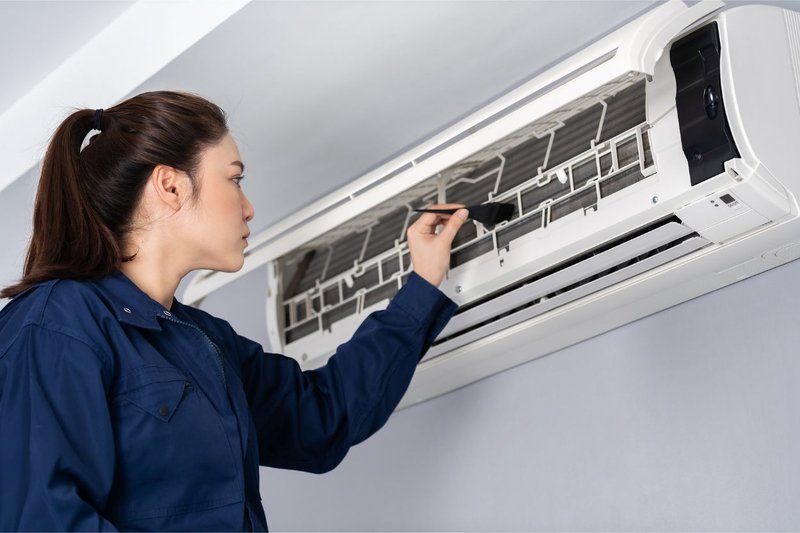
The “LE” code usually indicates a problem with the communication between different components of the air conditioning system. Think of it as a group of people trying to have a conversation, but someone keeps losing the signal. Without proper communication, the system can’t function efficiently. But before you panic and start looking for a new air conditioner, take a deep breath. Many times, a simple reset or a small tweak can resolve the issue entirely.
Understanding the “LE” Error Code
The “LE” error code might seem like an alarming message flashing on your air conditioner’s display, but it’s mostly a way for your appliance to communicate that something’s amiss. This is akin to a check engine light in a car—it lets you know there’s an issue to attend to, but it doesn’t mean the vehicle is unsalvageable. With GE air conditioners, the “LE” error is typically linked to issues with the electrical or communication circuitry.
When it comes to air conditioners, these critical electrical components include circuits and wiring that ensure the system is communicating correctly with its parts, like the fan and compressor. If there’s a miscommunication between these elements, your air conditioner might not be able to perform optimally, leading to cooling inefficiencies—or worse, system failure. It’s vital to address these matters not just for comfort but to prevent potential long-term damage.
So, what should you do when faced with an “LE” error? Start by checking the power supply. Surprisingly often, this error can stem from simple electrical glitches like a tripped circuit breaker or a fluctuating voltage. Imagine your air conditioner like a computer that’s frozen; sometimes a quick reboot can get it up and running again. Resetting your air conditioner might just fix the issue. If the error persists, it’s time to dig a bit deeper.
Common Causes of the “LE” Error Code
Understanding what’s causing this error can demystify the experience and help prevent it from happening repeatedly. Often, the result is as simple as an air conditioner trying to operate on a shaky electrical foundation, much like trying to dance on a wobbly floor. Electric fluctuations can send your air conditioner into a tizzy, displaying an “LE” error as a distress signal.
There can also be internal issues at play. Loose internal connections can disrupt communication within the system. Imagine trying to watch a movie with a loose internet connection—it’s frustrating and ineffective. Similarly, when cables and connectors aren’t firmly in place, your air conditioner may struggle to operate smoothly. Over time, even tiny disturbances can grow into significant interruptions.
Last but certainly not least, wear and tear can’t be ignored. Just like any other appliance, air conditioners suffer from aging parts. The minor hiccups you might experience could be the result of components that have simply seen better days. Regular maintenance, like checking connections and ensuring parts aren’t worn out, can often prevent the problem from escalating.
What You Can Do: Solutions and Next Steps
If you find yourself facing an “LE” error, here’s what you can do. Start by turning off your air conditioner and cutting off the power supply—think of this as giving your device a chance to cool off. Leave it unplugged for about 10-15 minutes, allowing the system to reset itself. When you restore the power, check if the error code has vanished. If it remains, you may need to go a step further.
Check for any obvious signs of electrical disturbances, such as flickering lights or tripped breakers. Ensure all connections are secure; sometimes, a simple tightening of any loose cables can do the trick. If you’re still seeing that pesky error code, it might be time to call in a professional. They can offer a deeper dive into the inner workings of your air conditioner, helping to diagnose and rectify the communication problems effectively.
As preventive measures, consider regular maintenance checks for your air conditioner much like you would with a car. This can help catch potential problems before they escalate. Additionally, using a surge protector can protect against electrical surges, maintaining a steady power supply to your appliance. Regularly scheduled check-ups and mindful usage can keep things running smoothly, ensuring your air conditioner is always ready to beat the heat.
By understanding these simple steps and insights, you can be well-prepared to handle the “LE” error code with confidence, keeping your home comfortably cool and your mind at ease.